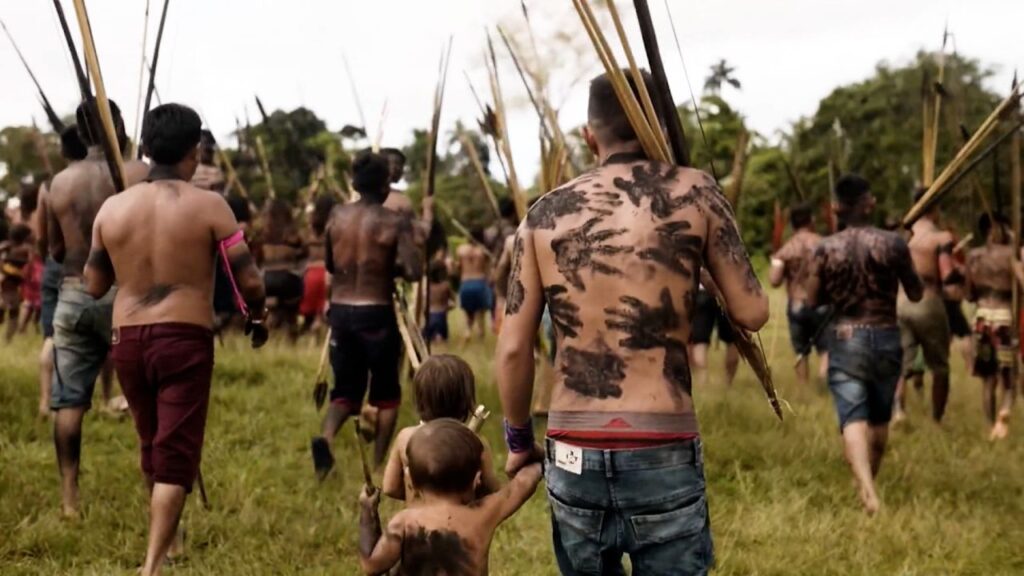By Abdul Lauya – Cultural Commentary
In the shadowy green depths of the Amazon rainforest, one of the world’s last remaining tribal societies clings to a tradition that continues to perplex and disturb the modern mind. Among the Yanomami people, who inhabit remote areas of southern Venezuela and northern Brazil, death does not end with mourning. Instead, it becomes a ritual of consumption.
Known as endocannibalism, this practice involves the ritual ingestion of the cremated remains of a deceased relative ashes, bone fragments, and all mixed with banana paste or soup. The belief is profound: that the soul of the dead cannot transition peacefully to the afterlife unless the body is destroyed completely and reintegrated into the community through eating. For the Yanomami, this act is not grotesque but sacred. It is a duty, a bond, a way to ensure that death does not sever the spirit’s connection to the living.
Endocannibalism, in broader anthropological terms, is the act of consuming the flesh or remains of a deceased member of one’s own social group. It is distinct from exocannibalism, which involves eating outsiders, often enemies, in acts of war or domination. Forms of endocannibalism have been observed among various Indigenous societies historically, from Papua New Guinea to the Amazon Basin, often rooted in spiritual beliefs about the soul, the body, and communal unity.
To dismiss such a tradition outright without understanding is to ignore the vast spectrum of human cultural expression. The Yanomami are not savage people. They are a deeply spiritual community, guided by cosmologies that differ radically from those of the industrialized world. In their context, the act is not driven by hunger or violence, but by love, remembrance, and metaphysical purpose.
Yet, cultural relativism must not blind us to ethical reason. In a global society increasingly shaped by universal human rights, public health, and personal autonomy, the practice of endocannibalism appears not just alien, but incompatible with modern civilization. Reverence for tradition cannot justify actions that are medically hazardous, morally contentious, and potentially coercive.
Scientific evidence, especially from analogous practices in Papua New Guinea, has shown that ritual cannibalism can transmit prion diseases such as kuru, a fatal neurological disorder that devastated the Fore tribe. The risk of contagion alone renders the practice medically indefensible in any modern context.
Moreover, the communal nature of the rite, often involving children and extended family, raises uncomfortable ethical questions. Do all participants consent freely? Can such rituals exist without exerting undue social pressure on individuals who may not wish to partake?
To critique endocannibalism is not to mock the Yanomami, nor to advocate cultural erasure. It is, instead, a call for dialogue, evolution, and critical reflection. Cultures are not static; they transform. Just as societies have abandoned practices once deemed sacred, human sacrifice, foot-binding, or slavery, so too must some traditions yield to shared principles of dignity, safety, and reason.
The world need not force assimilation. But neither should it excuse every practice in the name of cultural preservation. In the case of Yanomami endocannibalism, it is time to ask: does honoring the dead require violating the living? The answer may mark the line between respecting heritage and enabling harm.
For advert placement and inquiries, publication of press releases, and news coverages, please call: Phone: 08052898434 Email: editor@eyereporters.com, click here to view the advert rates.


